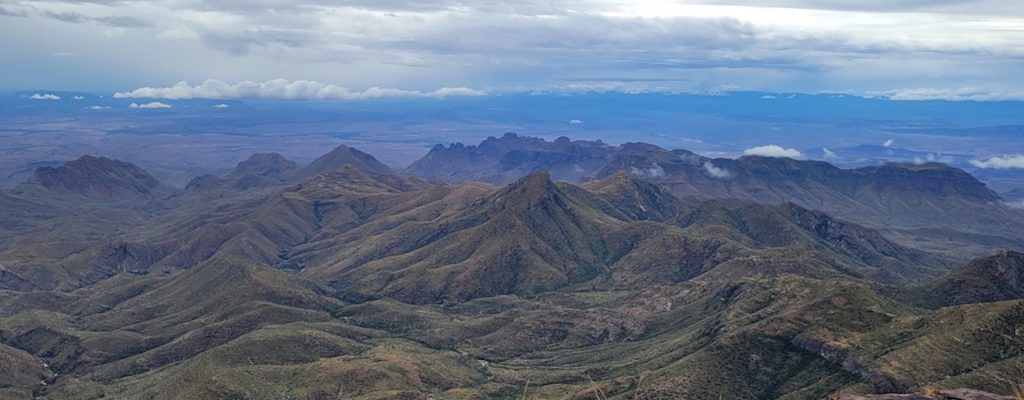Podcast: Play in new window | Download (Duration: 59:00 — 138.4MB)
Subscribe: RSS
the last edition of framework:afield for 2021 has been produced in the united states by ben link collins. for more of his work see http://www.alabamafield.com/. producer’s notes:
There’s a lot that I could tell you about Big Bend, but I think for the sake of these recordings there are only two main bits of information you need to know.
First, as I said, Big Bend is on the U.S. Mexico Boarder, where in years prior the pandemic tourists could cross the Rio Grande River into Mexico to spend a day in a small town called Boquillas. Since the border closing between the United States and Mexico, which fortunately will be ending soon, Boquillas has been completely cut off from tourism, which makes for the vast majority of the towns income for it’s 250-300 residence. However, everyday tourists wade through the usually shallow waters to set foot in Mexico, and residence of Boquillas cross the border to fish, move ranch animals, and to layout displays of trinkets, jewelry, and souvenirs for U.S. tourists in Big Bend to purchase by placing money in a jar or aluminum coffee can, purely relying on the honor system.
The second thing you need to know is about the geological history of how Big Bend came to be. The mixture of flat desert and abrupt extrusions of land into mountains and canyons is the result of something called the Western Interior Seaway, which was a body of water that bisected North America from the Gulf of Mexico to the Arctic Ocean up until around 60 million years ago. Since then, rising tectonic plates and volcanic eruptions have raised the land above sea level. But the established land formations from volcanic eruptions, underwater sediment and ocean current, as well as fossils of the lives lived in the Seaway, are still in abundance and make up the surreal landscape. In short, you are always aware that you are walking on an extinct ocean floor.
